The walrus will never win a wildlife beauty contest. Still, I have a soft spot in my heart for this whiskered, google-eyed, wrinkle-faced beast that has played a role in many of my most memorable Arctic adventures. One summer in particular, my fondness for the walrus grew even more when I discovered another side of its personality. I was working at 80°North in Norway’s magnificent Svalbard Archipelago. In this area, walruses have not been hunted for over 60 years, and as a result, the animals are relatively unwary.
As I am especially fond of this blubbery beast I have included more natural history information than I normally do in my columns to hopefully kindle your affection for this unique animal species.
On a gravel beach one day, I found roughly 100 walruses hauled out and snoozing like bloated sunbathers. As I snuck along the shoreline trying to get closer, half a dozen juvenile males surfaced about 75 meters offshore. I knew they had probably seen me so I decided to try to lure them closer.
I waded into the shallows in my hip waders and splashed around noisily to see what the walruses would do. To my surprise and great delight a few daring ones among them started to swim towards me.
I squatted down at the water’s edge to look less imposing, and waited.
Within moments, one of the males swam straight towards me and raised himself out of the water barely a meter from my face. His less adventurous buddies stayed a short distance behind.
I judged from the modest length of his tusks that the young male was a subadult, a teenager in the walrus world. At first I didn’t know whether to be frightened or thankful. After a moment or two I cautiously stretched out my hand and the walrus leaned closer as if to sniff me. From watching walruses over the years, I knew how fast they could wield their tusks and I suddenly lost my nerve and withdrew my hand before the walrus could reach it. A minute or so passed as the animal tilted his head and examined me, first with one blood-shot eye and then with the other. I’m guessing that he realized the game was over and he slowly backed into deeper water and swam away. I had known that walruses were powerful masses of muscle, superbly adapted to the demanding challenges of Arctic life, but that summer day I experienced a surprising side of the blubbery brute – an endearing curiosity.
The walrus is the largest of the Arctic pinnipeds, a group of fin-footed marine mammals that includes the seals, sea lions and fur seals. A large bull walrus may stretch over three meters in length and weigh 1,100 kilograms.
Adult females are roughly two-thirds the size of males.
The feature that separates the walrus from all other pinnipeds is its upper canine teeth that grow into long, glorious ivory tusks. Both male and female walruses carry tusks, but their size is greatest in males, reaching lengths of 70 centimeters. A walrus’s tusks grow continually with age and increase in length as well as mass.
For several hundred years, people believed that walruses used their tusks to rake the ocean floor for food, unearthing clams, snails, worms and other edibles.
Eventually, in the late 1970s, researchers demonstrated that the primary importance of tusks was not as instruments of excavation but as symbols of social rank used in ritualized dominance displays. Larger tusks reflect larger body size and greater age. This in turn confers greater status and rank. When a large bull comes ashore he may bulldoze his way through the dozing throng, using his tusks to physically intimidate and often punish any who reluctantly refuse to move.
Because adult male walruses repeatedly jab and bludgeon each other with their tusks, the skin of their neck, shoulders and chest is thickened into a protective dermal shield. Their upper body is also covered with thick knobby warts which impart additional protection. The knobs and underlying skin may be up to seven centimeters thick, so serious injuries are usually prevented.
Although tusks evolved primarily as signals of social rank, the walrus uses its dental sledgehammers for other functions as well. Tusks are useful for chopping holes in the ice to maintain breathing holes in winter when open water quickly freezes over. A walrus may also use its tusks to haul its great bulk out of the water when it climbs onto a slab of ice to rest. In 1885, author Edward Belcher wrote of a walrus using its tusks in just this way. “It dug its tusks with such terrific force into the ice that I feared for its brain, and leech-like, hauled itself forward by the enormous muscular power of the neck, repeating the operation until it was secure. The force with which the tusks were struck into the ice appeared not only sufficient to break them, but the concussion was so heavy I was surprised that any brain could bear it.” This common use of the tusks is the origin of the walrus’s scientific name, Odobenus, which means tooth-walker.
In the 1970s when scientists disproved the notion that a walrus used its tusks for digging up food, they were left wondering how the animals fed themselves. Walruses are bottom feeders that mainly forage for clams and other soft-bodied invertebrates in the top few centimeters of the muddy sediments on the ocean floor. During several days of foraging, a walrus may consume up to 240 kilograms of invertebrates. The bulging stomach of one adult walrus contained the siphons of 6,378 clams!
Bristling from the rubbery snout of every walrus is row upon row of thick, wiry whiskers, 500 to 700 in total. Each of the whiskers has a rich nerve supply and individual muscles that can move the whisker in every direction. As the walrus slowly drifts along the ocean bottom, its sensitive pad of whiskers feels for prey hidden in the mud.
Today, global climate change, the predicted death knell to many creatures in the Arctic, may, in some cases, actually benefit the walrus in an unexpected way. As sea ice disappears and the Arctic summer season lengthens, the open-water may increase the production of plankton, which in turn may improve the growing conditions for shellfish, the walrus’ primary food.
The warming weather may also expose coastal clam beds that were previously covered with persistent sea ice and inaccessible to walruses.
About the Author – Dr. Wayne Lynch
For more than 40 years, Dr. Wayne Lynch has been writing about and photographing the wildlands of the world from the stark beauty of the Arctic and Antarctic to the lush rainforests of the tropics. Today, he is one of Canada’s best-known and most widely published nature writers and wildlife photographers. His photo credits include hundreds of magazine covers, thousands of calendar shots, and tens of thousands of images published in over 80 countries. He is also the author/photographer of more than 45 books for children as well as over 20 highly acclaimed natural history books for adults including Windswept: A Passionate View of the Prairie Grasslands; Penguins of the World; Bears: Monarchs of the Northern Wilderness; A is for Arctic: Natural Wonders of a Polar World; Wild Birds Across the Prairies; Planet Arctic: Life at the Top of the World; The Great Northern Kingdom: Life in the Boreal Forest; Owls of the United States and Canada: A Complete Guide to their Biology and Behavior; Penguins: The World’s Coolest Birds; Galapagos: A Traveler’s Introduction; A Celebration of Prairie Birds; and Bears of the North: A Year Inside Their Worlds. In 2022, he released Wildlife of the Rockies for Kids, and Loons: Treasured Symbols of the North. His books have won multiple awards and have been described as “a magical combination of words and images.”
Dr. Lynch has observed and photographed wildlife in over 70 countries and is a Fellow of the internationally recognized Explorers Club, headquartered in New York City. A Fellow is someone who has actively participated in exploration or has substantially enlarged the scope of human knowledge through scientific achievements and published reports, books, and articles. In 1997, Dr. Lynch was elected as a Fellow to the Arctic Institute of North America in recognition of his contributions to the knowledge of polar and subpolar regions. And since 1996 his biography has been included in Canada’s Who’s Who.



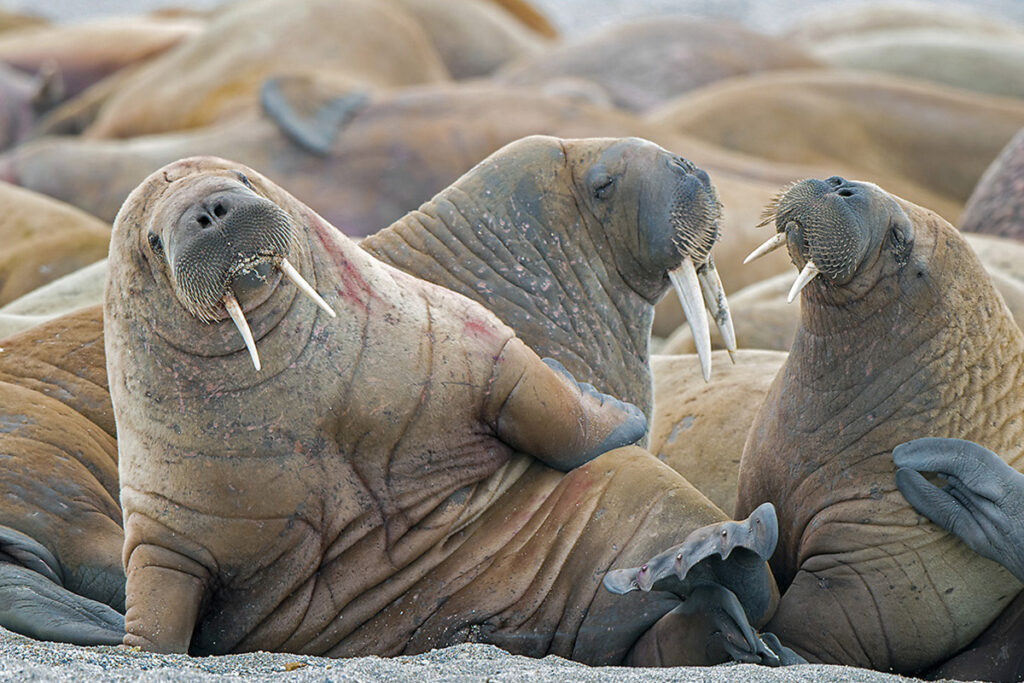
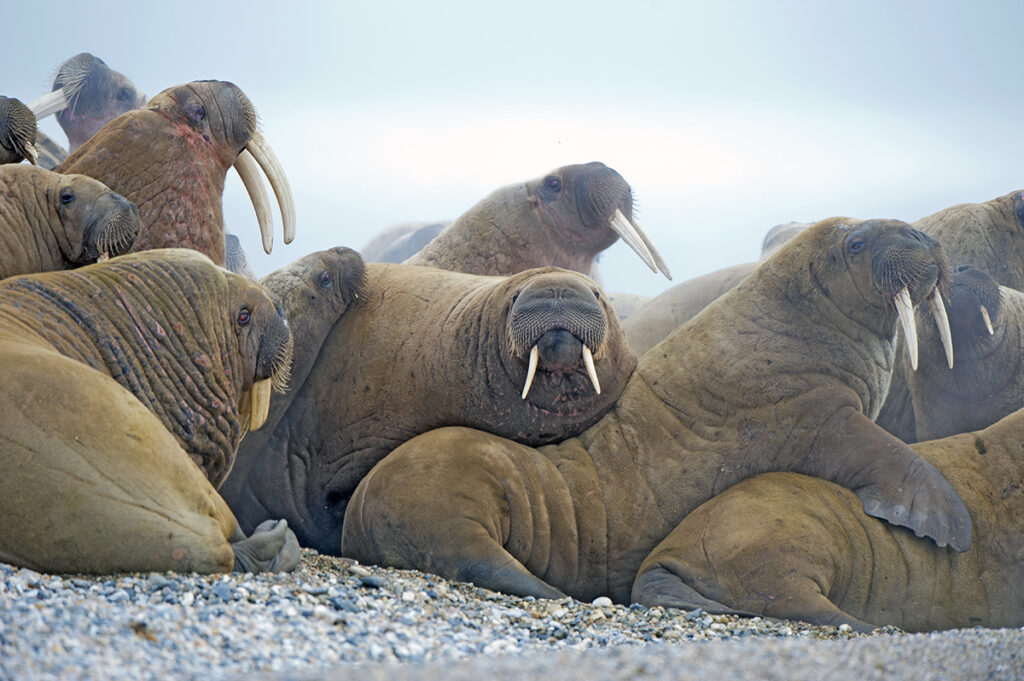
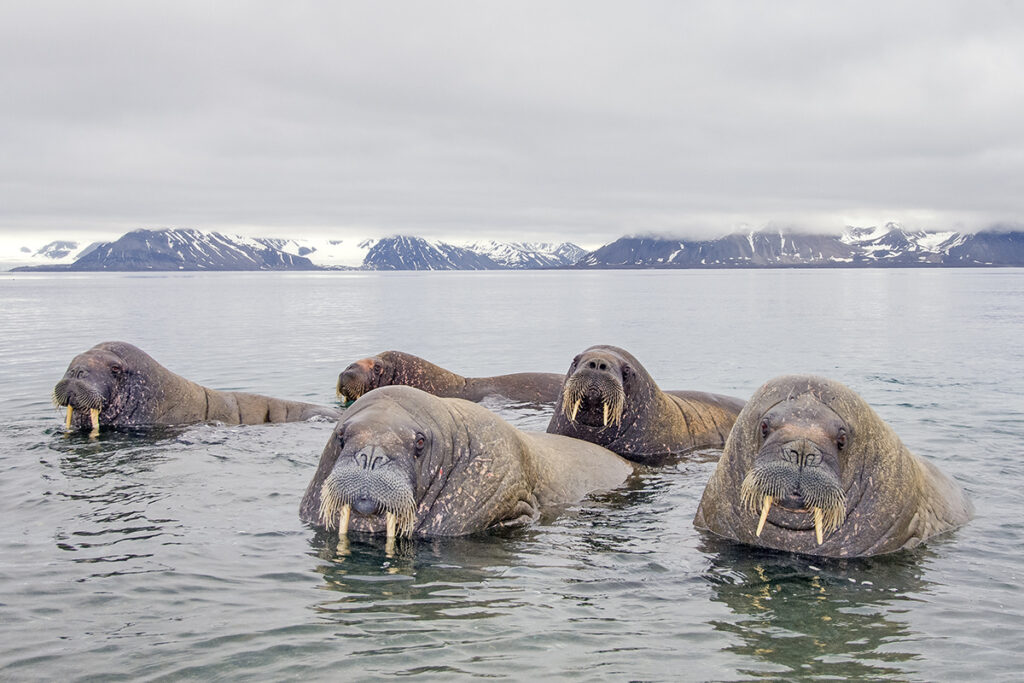
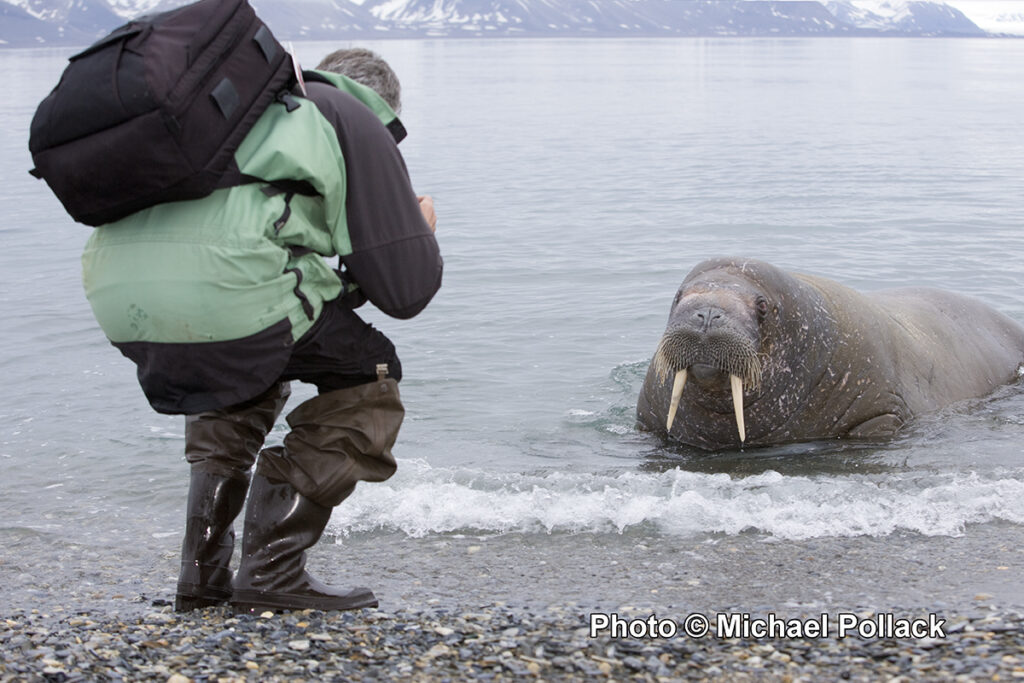
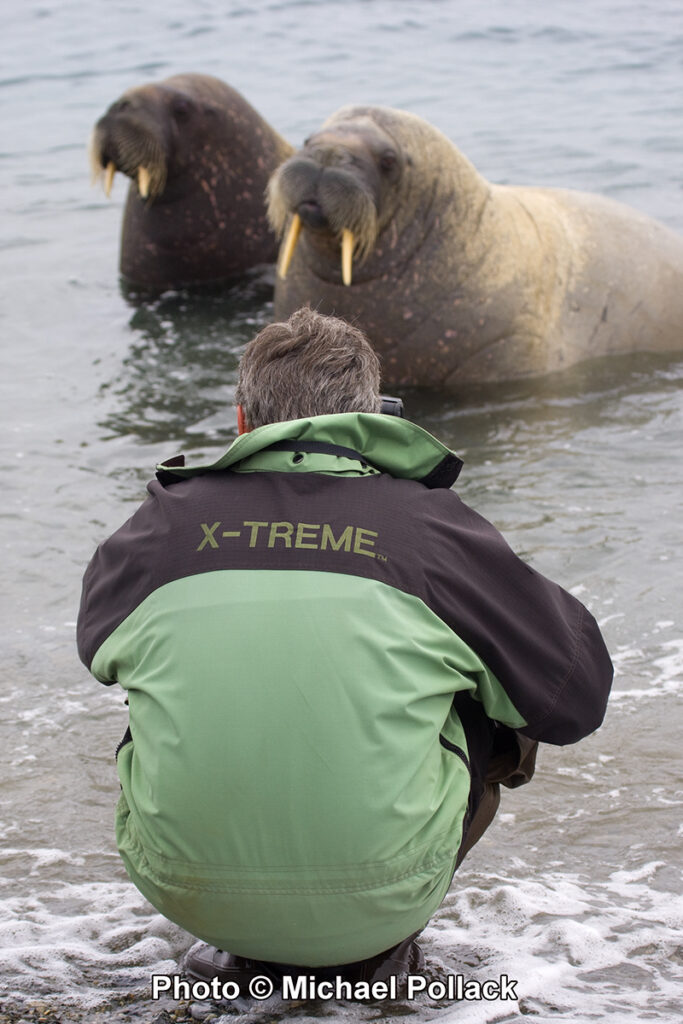
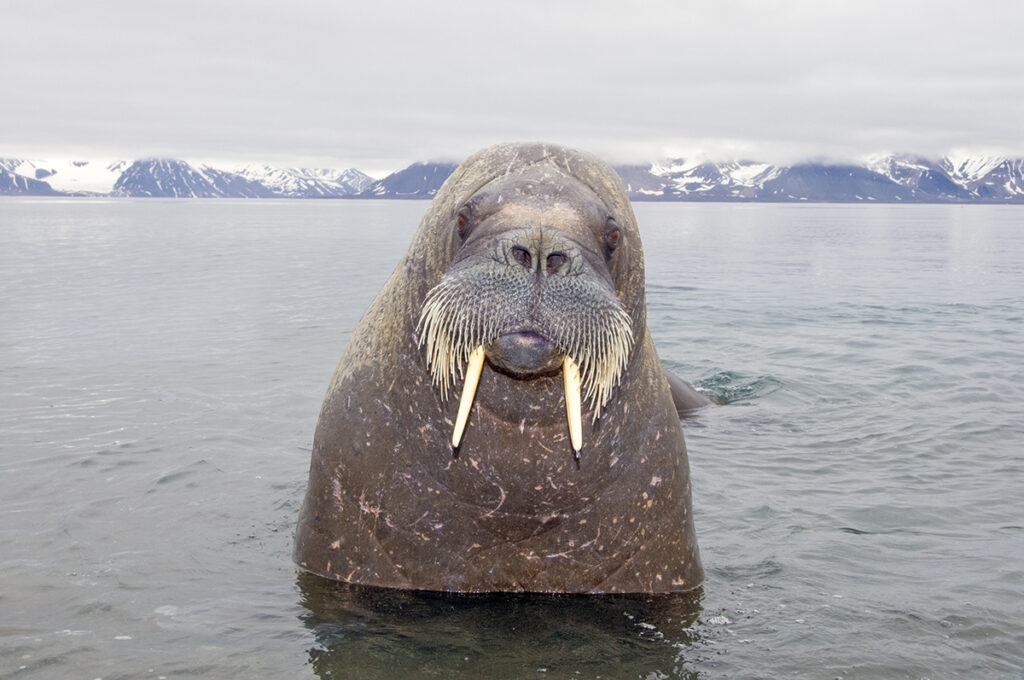
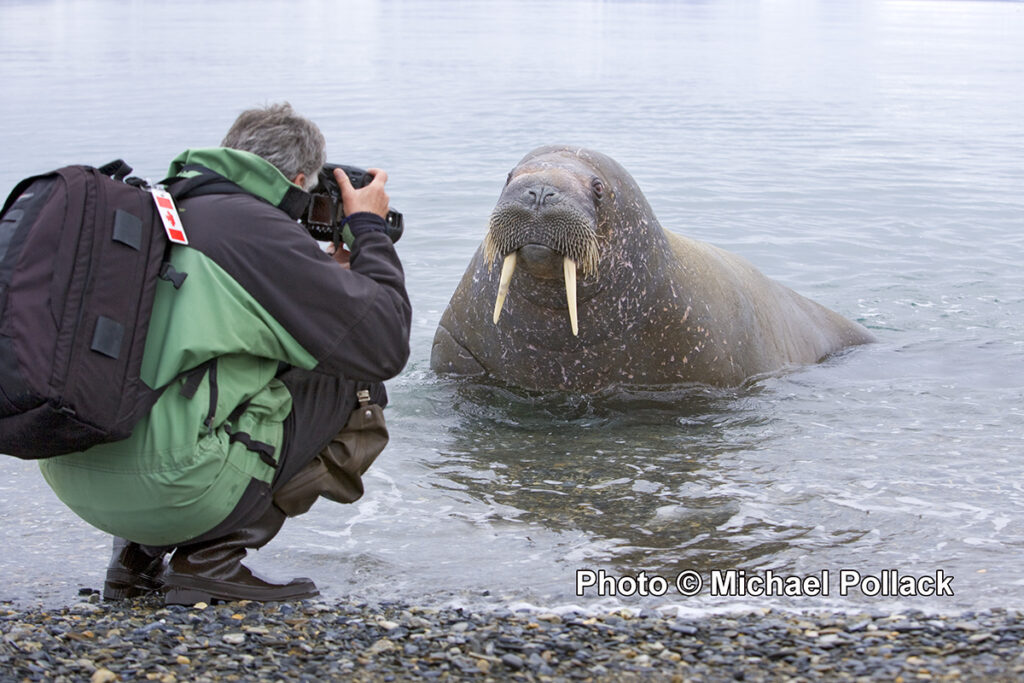
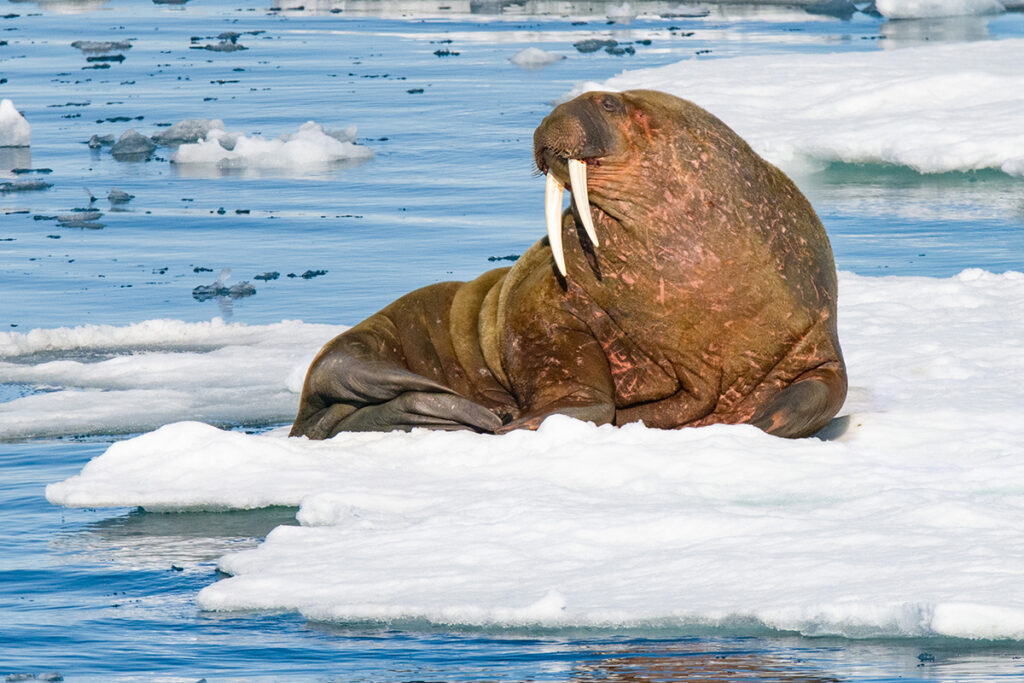
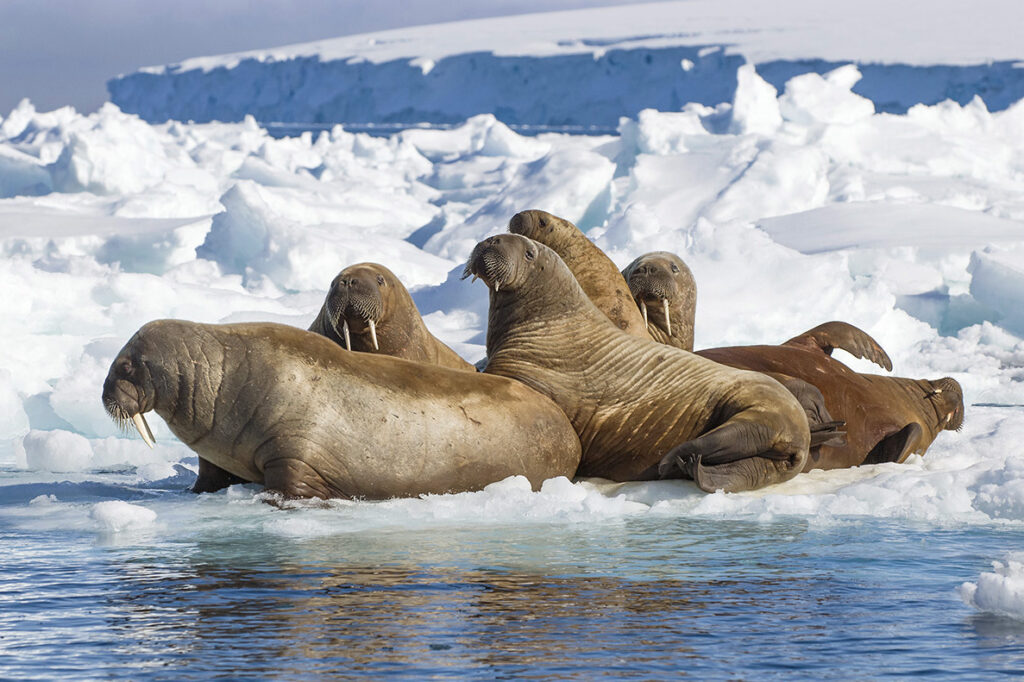
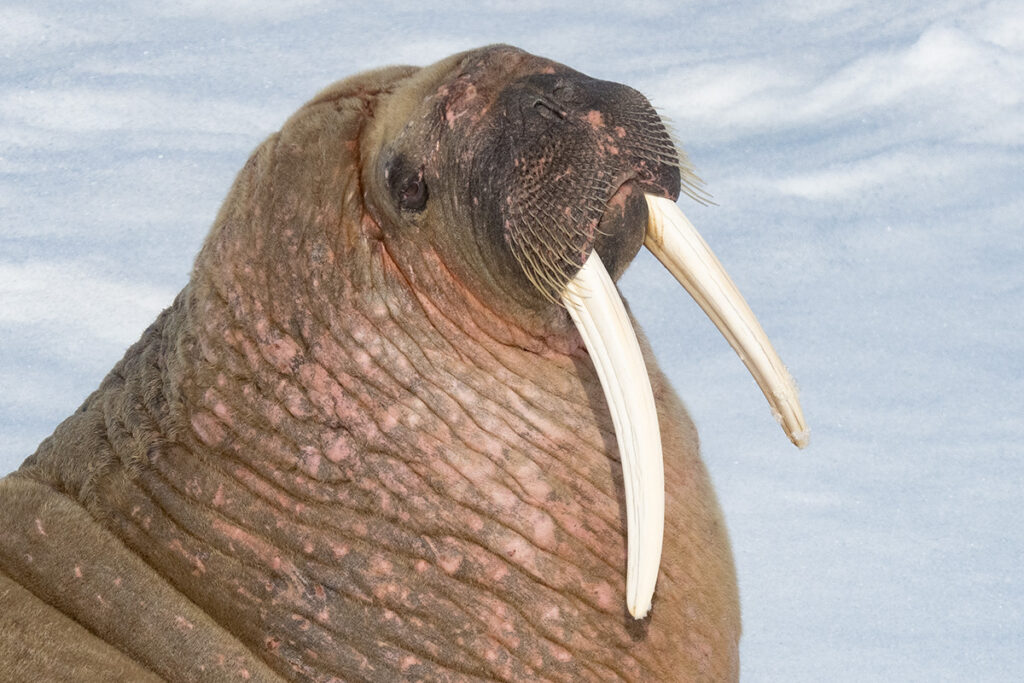
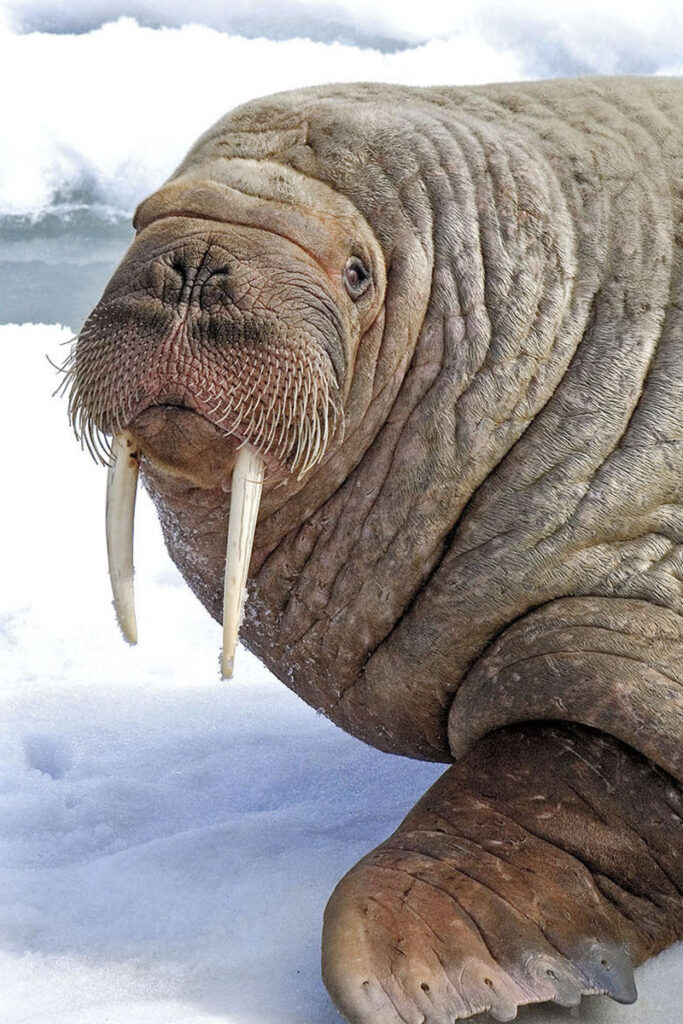
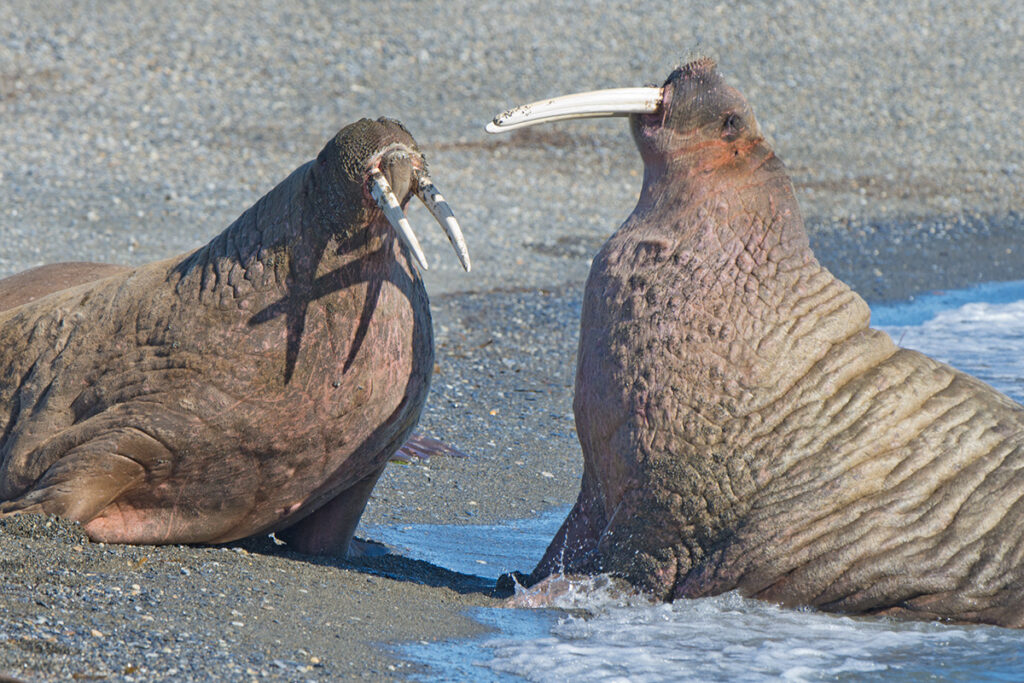
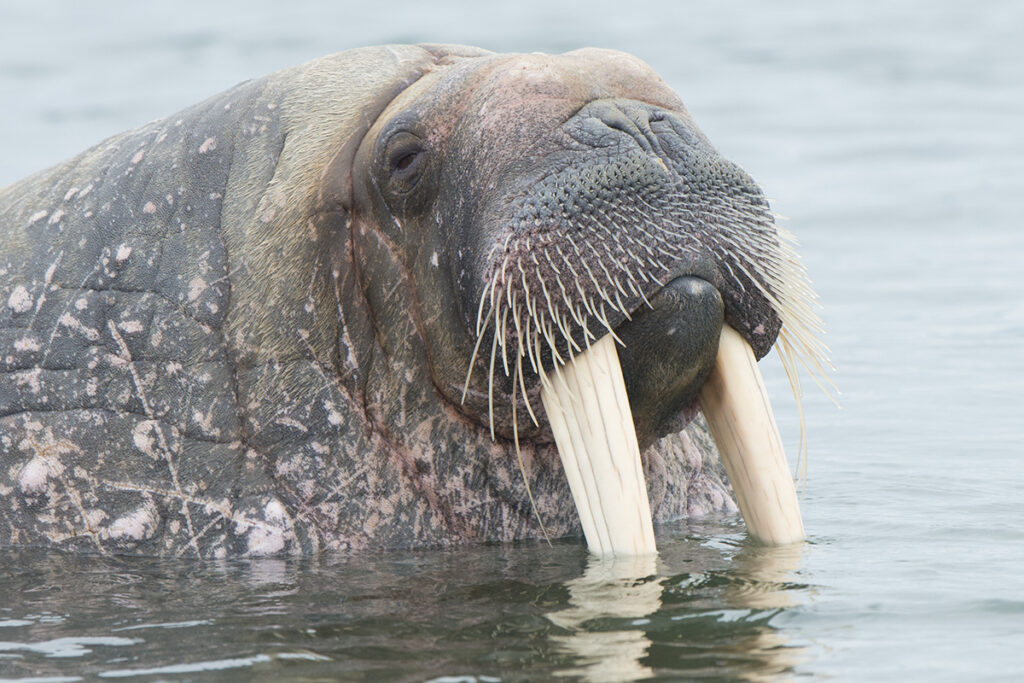
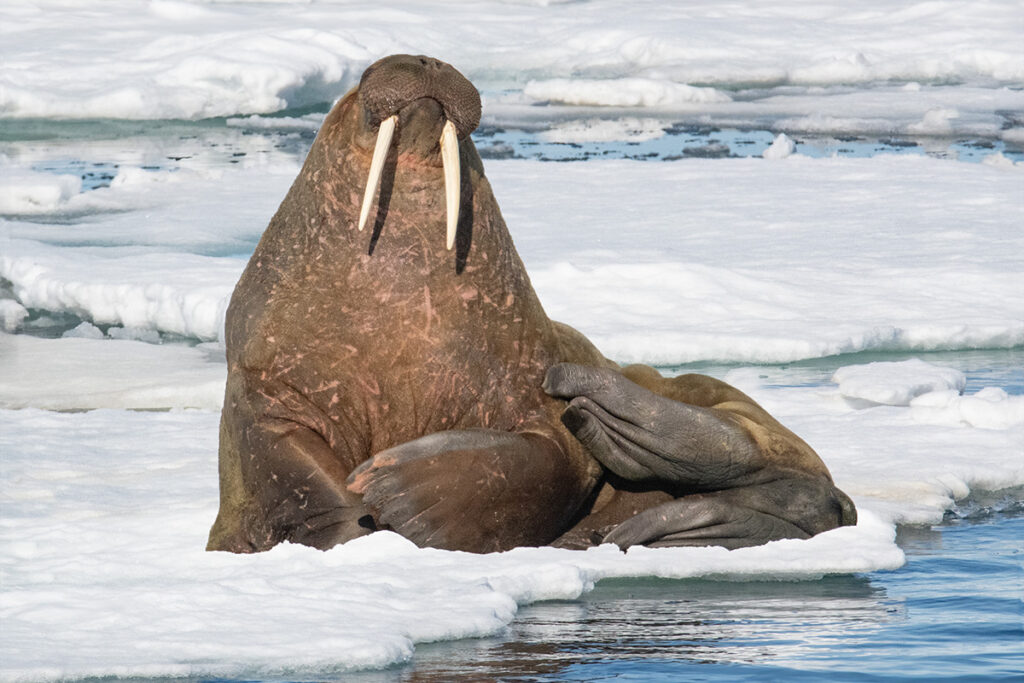
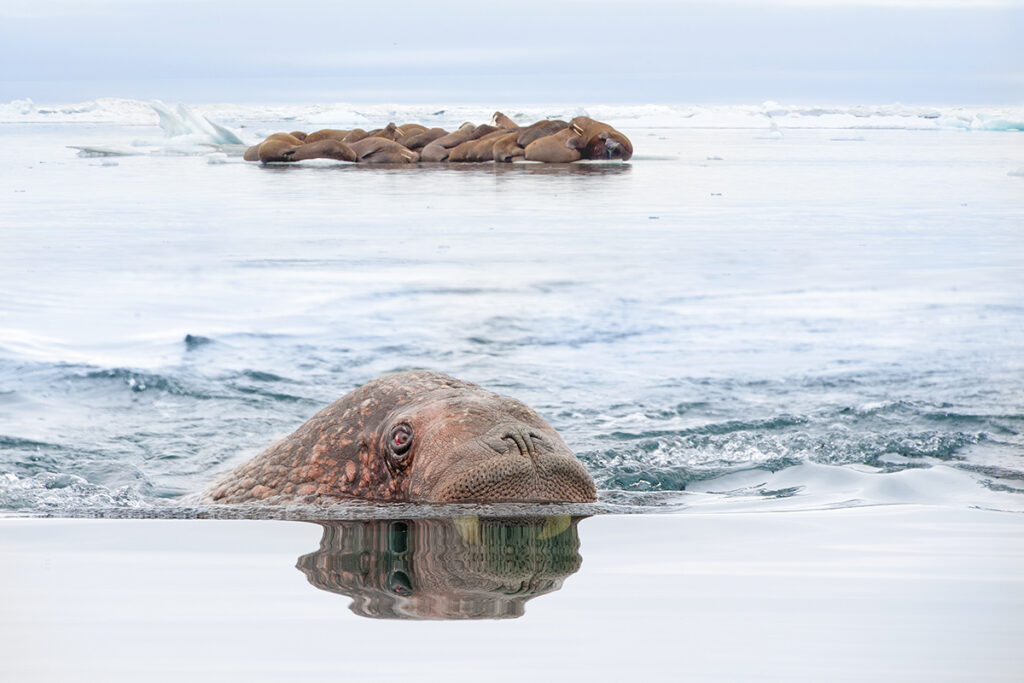
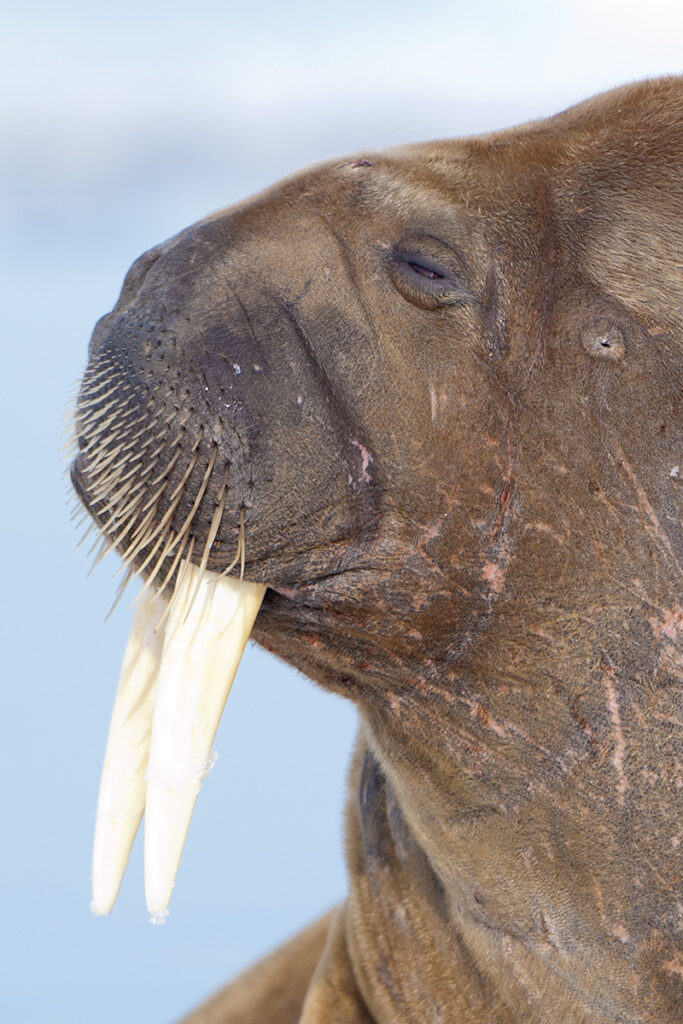
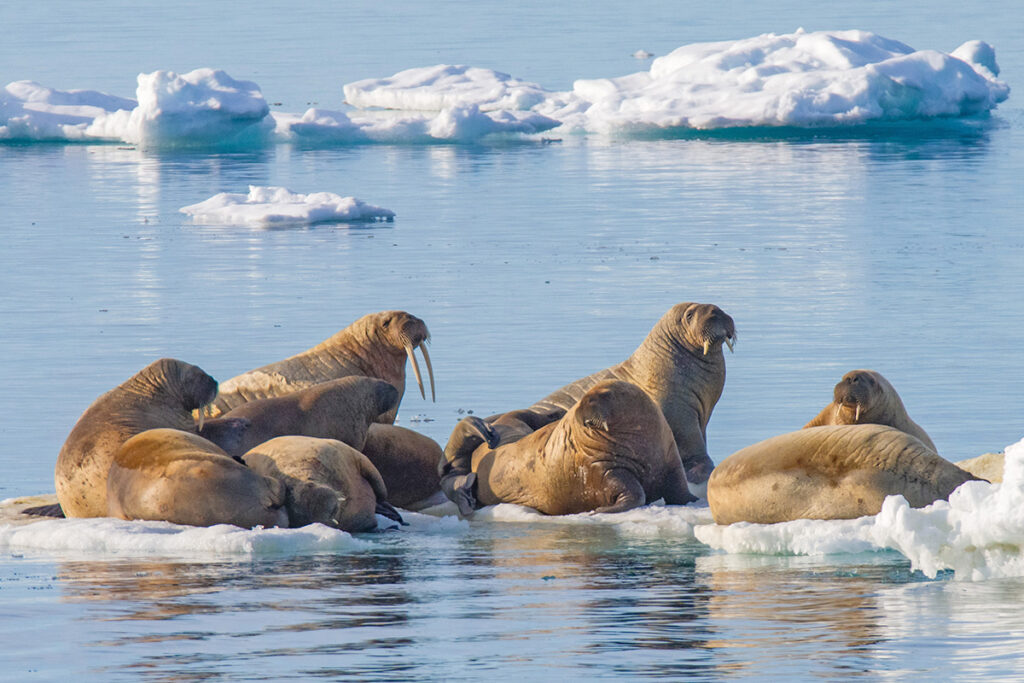
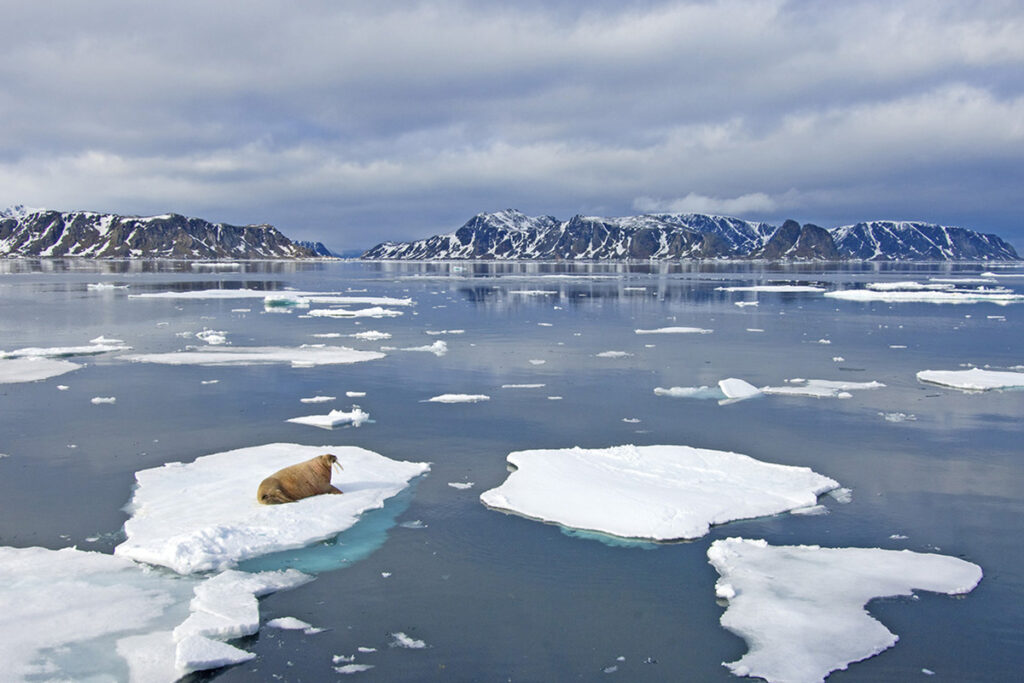
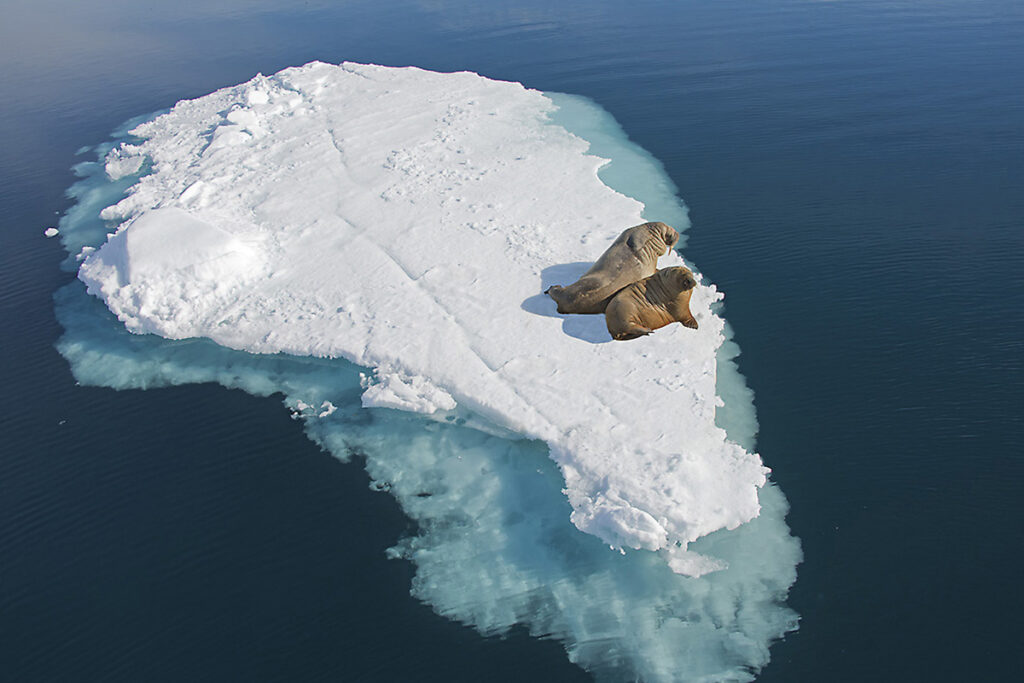
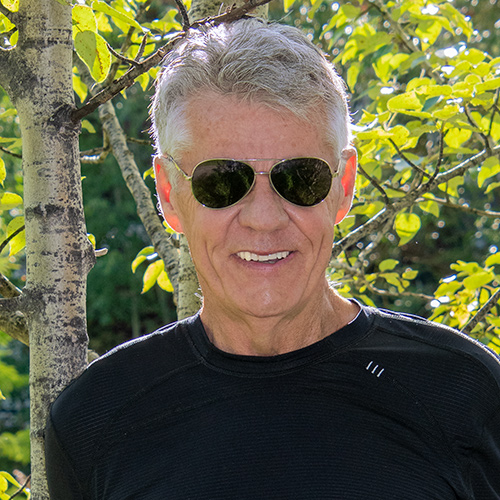




I love reading any information on sea life as well as any wildlife.